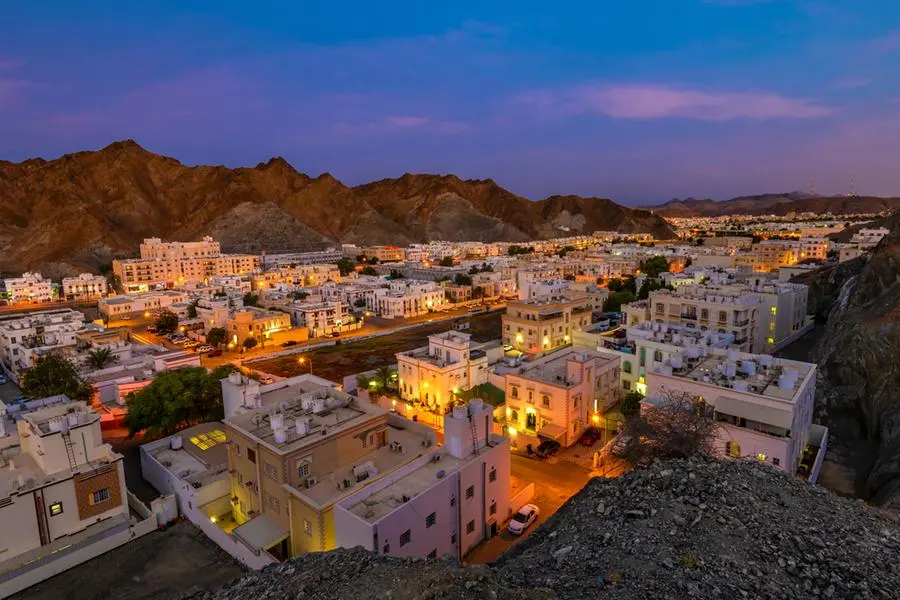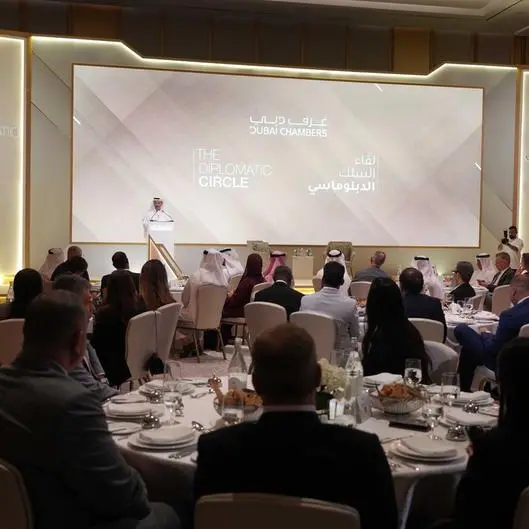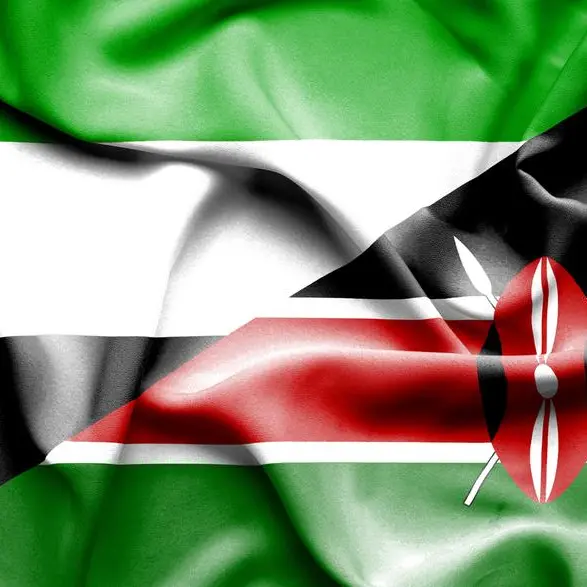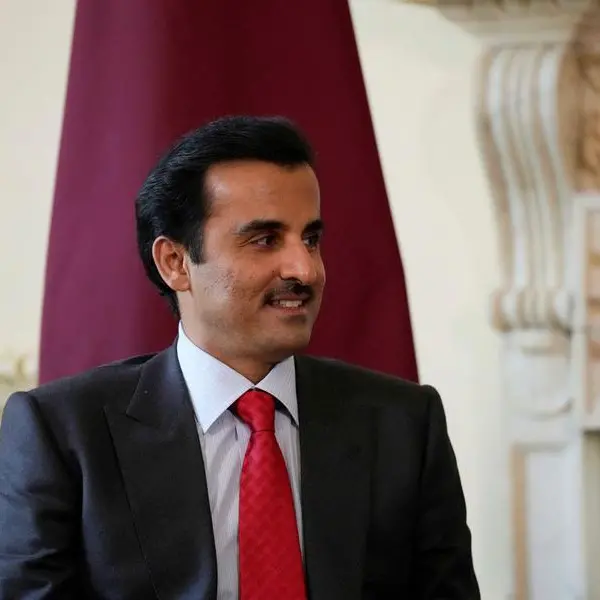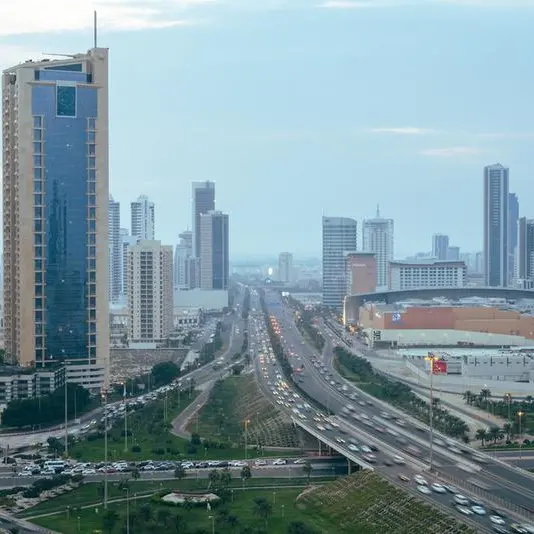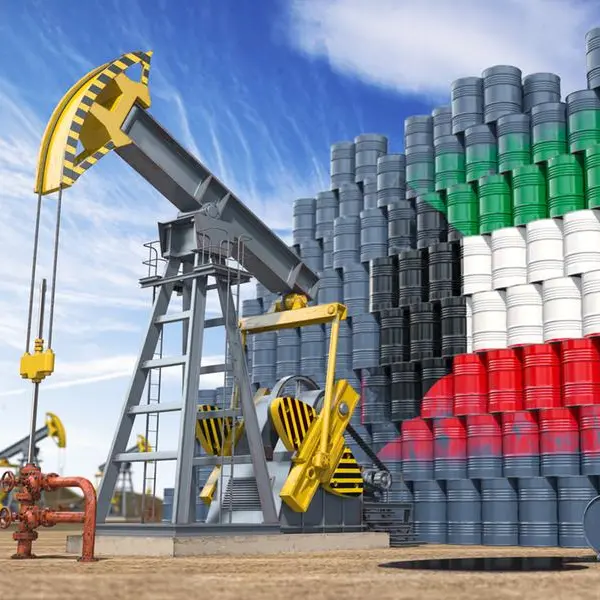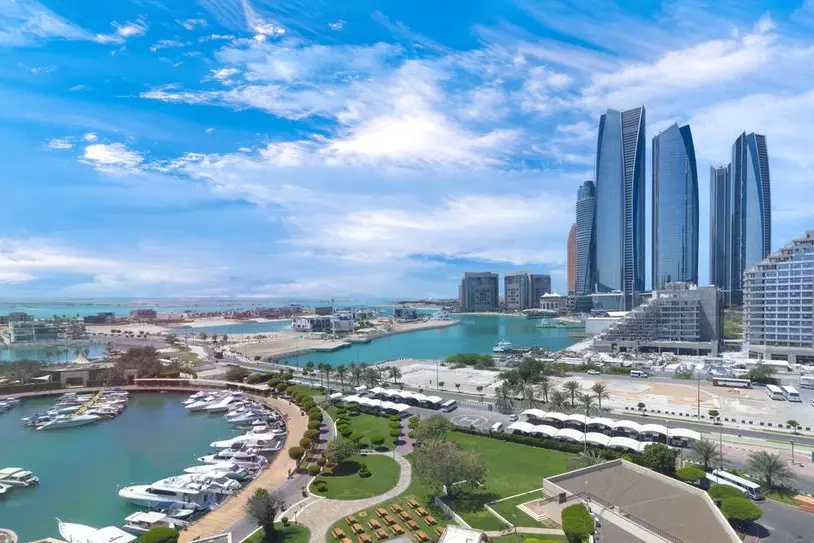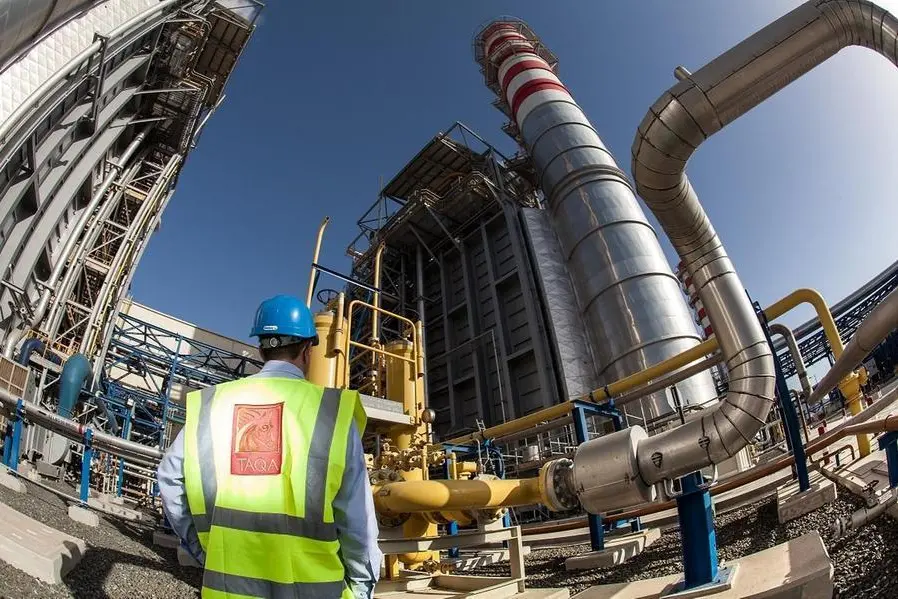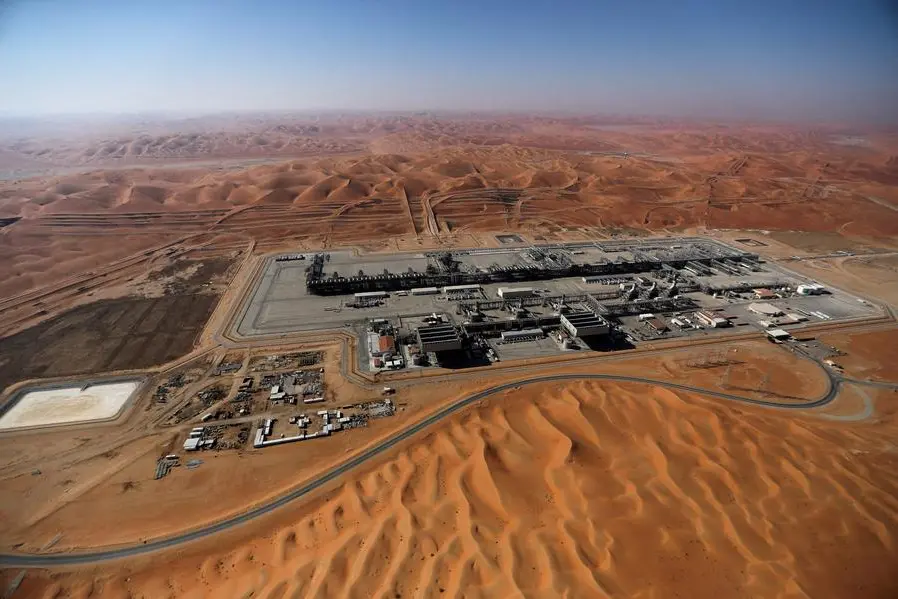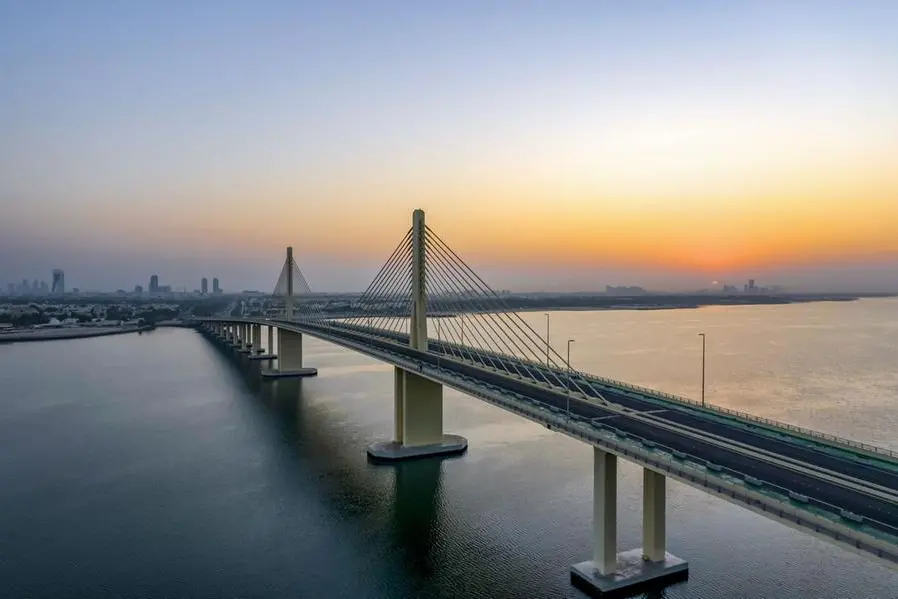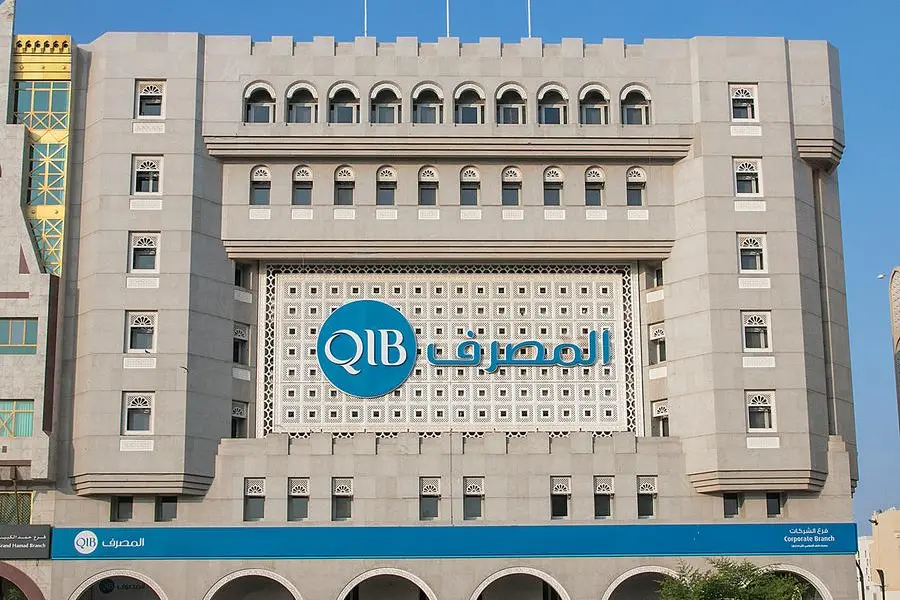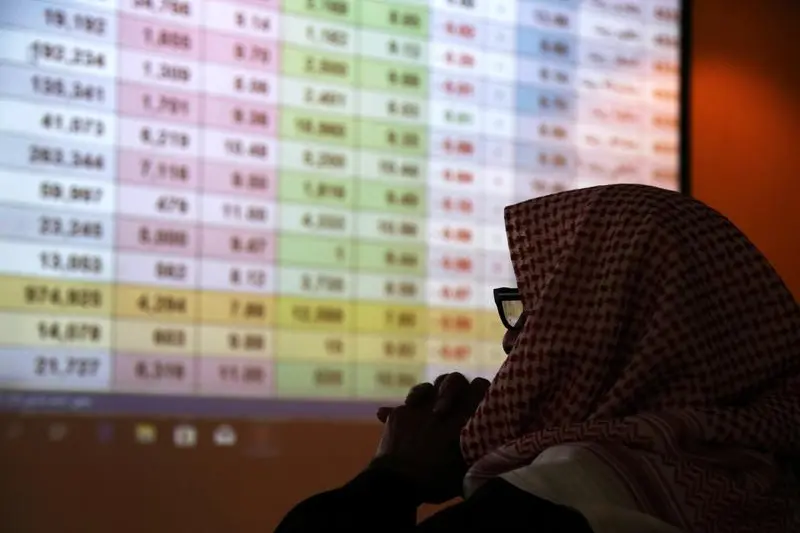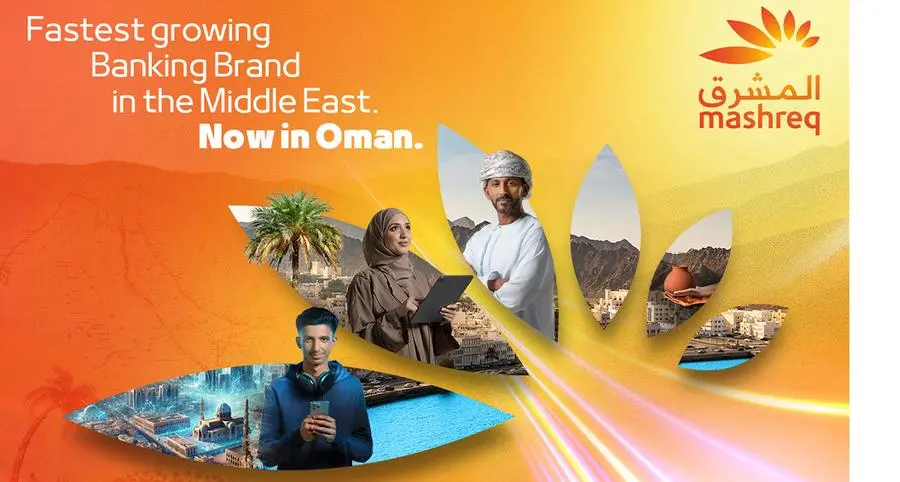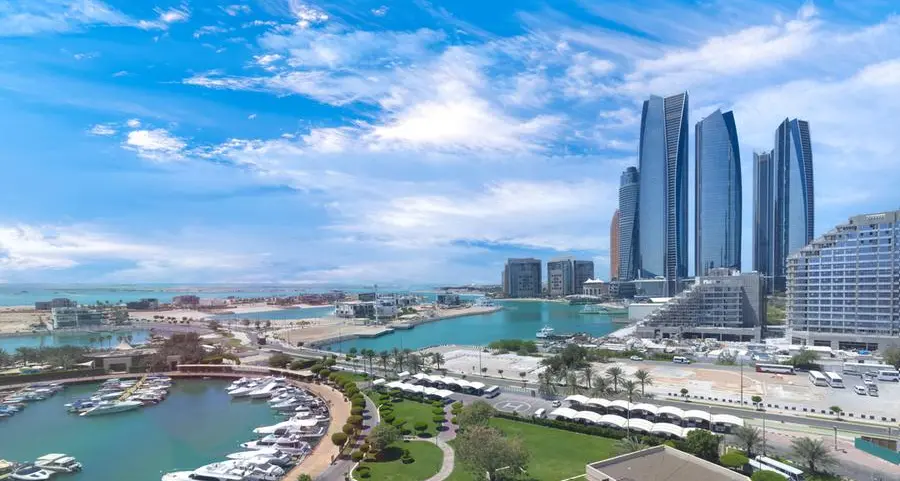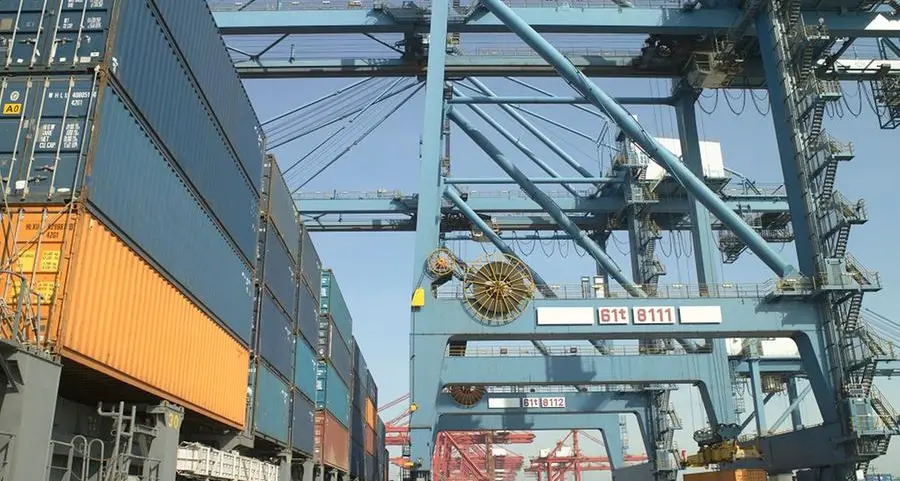PHOTO
Photo taken from Darsait beach and costal area. also Darsait is a residential locality in Muscat, the capital of the Sultanate of Oman. Image used for illustrative purpose. Getty Images
The digital economy is at the forefront of Oman’s economic diversification plans, according to a new report by the Ministry of Transport, Communications and Information Technology (MoTCIT).
In the Digital Economic Diversification Operandum Framework, Dr Ali bin Amer al Shaithani, Under-Secretary of the Ministry of Transport, Communications and Information Technology for Communications and Information Technology, highlighted the role of digital transformation in shaping Oman’s future.
“Guided by Oman Vision 2040, the country is leveraging digital tools and technologies to drive economic diversification, improve government efficiency, and enhance citizens' quality of life. The economic diversification and industry innovation theme leveraging digital transformation to reduce dependency on oil revenues, fostering growth in sectors such as logistics, tourism, energy & minerals, agriculture & fisheries, and manufacturing. The digital tools are driving innovation in traditional industries like oil and gas through automation, AI, and data analytics with the government objectives of supporting entrepreneurship and the growth of tech startups, creating an innovation-driven ecosystem. The digital transformation journey underscores its commitment to becoming a regional leader in technology and innovation,” Dr Al Shaithani stated.
According to the Under-Secretary, the National Digital Economy Programme aims to achieve 80 per cent digital transformation in the economic diversification sector by the end of 2030.
“This target fulfilment is achieved by aligning investments, policies, and talent development with Oman Vision 2040 goals, Oman is poised to create a resilient, diversified, and knowledge-driven economy. Continued focus on inclusivity, sustainability, and innovation will be key to unlocking its full potential in the digital era.” As a result the framework identified several key initiatives to achieve this. The first of which is the digitalisation of key economic sectors by 80 per cent by 2030, in an effort to increase efficiency and productivity. The targeted sectors include energy and minerals, manufacturing, logistics, tourism and agriculture and fisheries. The initiative incorporates the use of artificial intelligence, automation and big data analysis into these industries.
Examples include the use of automation and robotics in the manufacturing sector, the implementation of smart tourism solutions within the tourism sector, and the adoption of aquaculture technologies within the fisheries sector.
Furthermore, another identified initiative is the establishment of a smart government by automating 80 per cent of government core services by 2025. In 2021, the Government unveiled The National Government Digital Transformation Programme 'Tahawul', with the aim of simplifying procedures, achieving digital integration and creating shared digital platforms. As of November 2024, the Ministry reported a completion rate of 73 per cent.
Moreover, another initiative is the export of digital economy services. According to the framework the government aims for digital economy services to account for 25 per cent of total service exports by 2035. The Ministry has released several programmes under its digital economy programme highlighting key industries including space, artificial intelligence, cybersecurity, financial technologies, e-commerce and digital industry.
2022 © All right reserved for Oman Establishment for Press, Publication and Advertising (OEPPA) Provided by SyndiGate Media Inc. (Syndigate.info).
